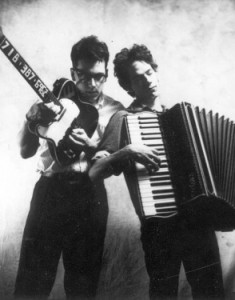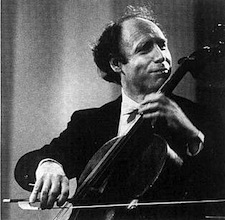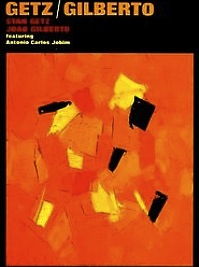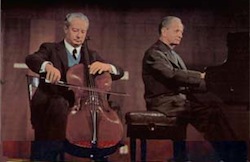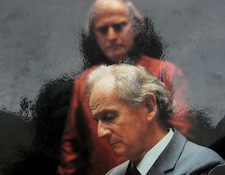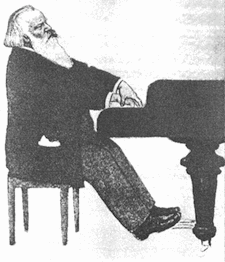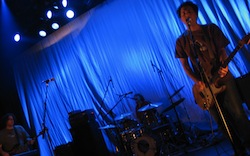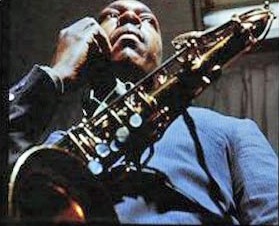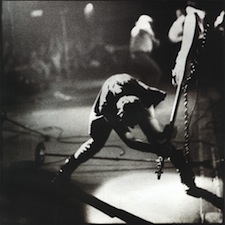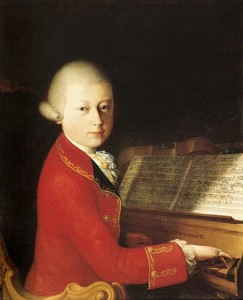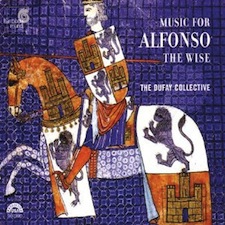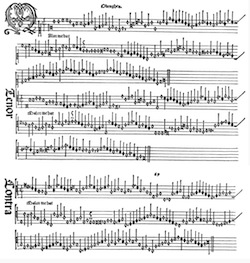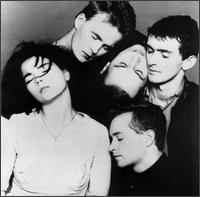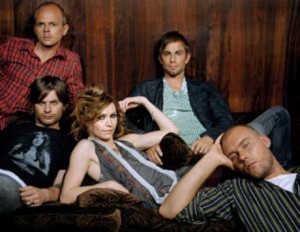So in getting ready to write up this post, I discovered the latest ‘They Might Be Giants’ album called ‘Here Comes Science’. We have ‘Here Come the ABCs’ and ‘Here Come the 123s’, and they are quite fun, but ‘Here Comes Science’ seems to be right in the two John’s power alley… including a remake of their great cover for ‘Why Does The Sun Shine’. I just previewed a few tracks on iTunes, and I can’t wait to get it (complete with videos!!!).
The CDs I’m ripping tonight are everything I have from them on CD (the above were purchased electronically). There is ‘They Might Be Giants’, ‘Lincoln’, ‘Flood’, ‘Apollo 18’, the ‘Why Does The Sun Shine’ CD Single (with a cover version of ‘Jessica’ by the Allman Brothers) and ‘John Henry’. TMBG certainly appealed to the geek side of me in high school. I called ‘Dial-A-Song’ (and heard ‘Why Does the Sun Shine’ there for the first time). I could sing along with ‘Purple Toupee’. I remember picking up ‘Apollo 18’ from work the day it came out. One of my favorite parts of the CD was the last set of tracks called ‘Fingertips’, a bunch of 2-10 second snippets that all sounded like TMBG song discards. The liner notes mentioned that this album was specifically created with the CD players ‘random’ mode in mind, and that the snippets of ‘Fingertips’ would then be interspersed throughout your listening of the album. I don’t think I have played this disc straight through once since discovering that note, and the little snippets work great in this way.
A few months later they were going to be playing at the Crest Theatre in Sacramento, and tickets to that show were my first official ‘big perk’ from being a buyer at Tower. I remember sheepishly asking the rep from WEA if I he could get me some tickets, and without hesitation he said – ‘Yeah… how many do you need?’. I got two and went with my friend Josh. During this tour, they were bringing along a whole band for the first time, and they were also fresh off their second album with hit songs. They were great live, and the band seemed to fit into the quirky world of the two original members just fine. They even did a straight through playing of all of ‘Fingertips’, which if you listen to the stylistic changes that happen when all the little tracks are run together, you can imagine how jaw droopingly cool it was to hear a group do this live. But THE moment of the night was the first encore.
Only John and John came back on stage initially. Just guitar, accordion and voice. They start to sing ‘Istanbul, Not Constantinople’ in what seems to be a stripped down version, and it’s great. Then they get to the part of the song where they just sing ‘AH’ over and over again, and it is like they hit a time warp or something. The lights change, fog creeps onto the stage, and what seems to be a roof of laser beams shoots over the audience. The two sing a chord, then one changes his note, but something electronics keeps sustaining it, the other changes, etc. etc. for close to 4 or 5 minutes. The room gets dense with fog and sound, and their singing is just amazing. Suddenly, the lights change back, and they finish the song.
This might be one of my most amazing concert memories ever.


